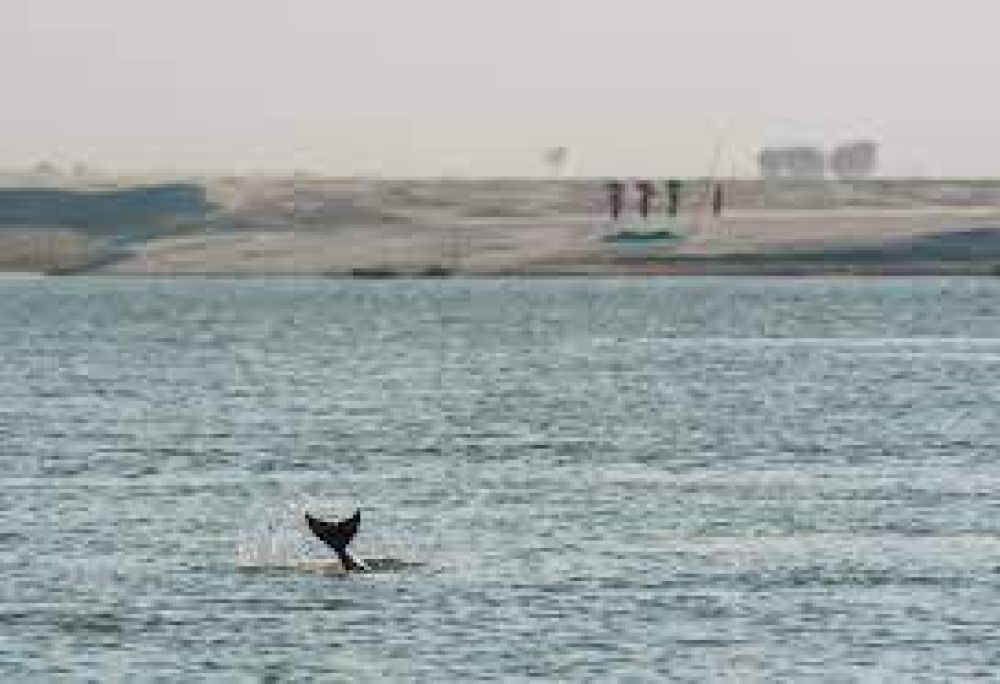

Located in Bhagalpur district of Bihar, India, the Vikramshila Gangetic Dolphin Sanctuary is a safe haven for the endangered Gangetic dolphins, locally known as the 'Susu'. Established in 1990, this sanctuary extends over a stretch of the Ganges River, approximately 50 kilometers long. It was created with the specific aim to protect these rare and charismatic aquatic mammals, which are paramount to the health and sustainability of the river ecosystem.
The sanctuary, since its inception, has attracted wildlife enthusiasts, nature lovers, and researchers alike - all drawn in by the allure of witnessing the Gangetic dolphins in their natural habitat. While initially the sanctuary remained a less frequented destination, over the years, concerted efforts by both governmental and non-governmental organizations have put it on the map for responsible eco-tourism.
Educational programs and awareness campaigns have played a significant role in bringing tourists to the sanctuary. Efforts to involve local communities in tourism activities have also been pivotal. The introduction of boat rides for dolphin watching has emerged as a popular activity that allows visitors to observe these mammals as they play, feed, and interact in the river.
In recent years, there has been a sustainable tourism trend gaining momentum at the sanctuary. Ecotourism initiatives focus on minimizing the environmental impact of tourism, ensuring the well-being of local communities, and promoting the conservation of dolphins. The use of battery-operated boats or rowboats for dolphin spotting, rather than motorboats, is a result of this sustainable approach.
The sanctuary also garners scientific interest, becoming a hub for research on river ecology and dolphin conservation. Wildlife photography and bird-watching have emerged as complementary activities, drawing a more diverse group of tourists. Educational tourism is growing, with schools and colleges organizing trips to the sanctuary to boost students' awareness of biodiversity and conservation.
Moreover, the introduction of community-based tourism models has empowered the local population by providing alternate sources of income and generating employment opportunities. Homestays and other traditional experiences are being developed, giving tourists a taste of the local culture and lifestyle.
Despite the growing popularity, the sanctuary faces challenges such as pollution and habitat destruction that threaten the dolphin population. To secure the future of tourism and conservation, continual efforts are necessary to combat these challenges through stricter regulations and community engagement.
Looking forward, increasing the global recognition of the sanctuary, enhancing infrastructural facilities, and continued promotion of responsible tourism practices are key to sustainable growth in tourism at Vikramshila Gangetic Dolphin Sanctuary.